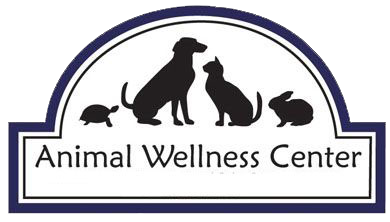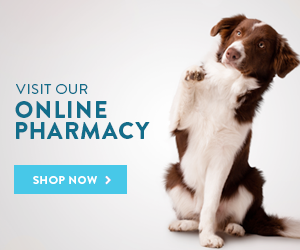|
|
Animal Wellness Center137 S. State Road 7 Royal Palm Beach, FL 33414 Phone / Text: 561-790-3555 |
|
Animal Wellness Center
(561)790-3555
www.animalwellness.com
|
January 2025: Home cooked diets for your pets
One of the latest trends I have noticed when talking with clients in the exam room is that more pet parents are cooking for their dogs & cats. I think part of the trend is sparked by recent ads for The Farmer's Dog and by a genuine desire to feed a quality fresh diet similar to what we pet parents are eating. For those of you brave enough to get in the kitchen and start cooking for one more mouth (or perhaps a few more mouths), I simply ask that you take the time to learn about your pet's nutritional needs before you just start adding ingredients to the pot. Our pet's nutritional intake comes from 3 main sources: Protein, Carbohydrates, and Fats. Examples of different proteins found in pet foods are Chicken, Beef, Lamb, Turkey, Venison, Soy, Rabbit, Gator & Kangaroo (yep I said 'roo). Carbs can come from Red or Yellow potato, Sweet Potato, pasta, rice, grains. Fat sources can be from animal fat or plant based oils (olive, vegetable, corn, peanut). One of the basic concepts of nutrution is BALANCE. I often hear that people have cooked chicken & rice for their dog with diarrhea but then decided to feed it as a long term diet. So what's wrong with that? Ideally, the food should have the correct proportions of chicken, rice and chicken fat. Approximately 18-22% of the calories should come from protein, 10-15% of the calories from fats, and finally the remaining 30-60% from carbohydrates. For those of you that are quick with math, you will have realized these numbers do not add up to 100%. The remaining percentages come from the vitamins & trace minerals that are often overlooked in the diet. Depending on your individual pet's health, some of these percentages may need to change. For example, cats with kidney disease do better being fed diets that are lower in protein, and diabetic dogs do better on diets with less carbohydrates. In these cases we may reduce the amount of calories coming from one area but increase the calories in the other 2 areas. This will allow us to feed the recommended number of calories to maintain a normal body weight. Ideally we want to follow a specific recipe each time, instead of cooking like Grandma who "just used a dash" or a "little bit" of each ingredient. There are two websites that I like to send clients to for help with recipes: www.petdiets.com and www.balanceit.com The next major concept is PORTION or CALORIC INTAKE. Once we have created our tasty recipe, the next thing we need to figure out is how much to feed to our furry friend. Pet food companies have done that work for us already when we buy a bag of food. Usually on the back, sometimes on the side panel, is a feeding recommendation guide. The guide will list how much to feed per day for various given weights. Notice I said "per day" not "per meal". There are some complex math formulas we use to calculate caloric intake recommendations, but to keep things easy, let's estimate that the average dog will need 30 calories per pound of body weight per day. Typically, smaller dogs will have higher metabolic rates and will need a few more calories (use 35 calories per pound), where a large dog will have a slower metabolic rate and will need less (use 20 calories per pound). Using my calculations, an average 30 lb Cocker spaniel would need 900 calories/day, a 10 lb Chichuahua would need roughly 350 calories /day, and an 80 lb Labrador retreiver would need 1600 calories/day. Also included in our calculation should be activity level. Sedentary dogs need less calories and very active sporting/working dogs may need more. When feeding, we want to use measuring cups so that we are feeding the proper portion size. Eye-balling or guessing may result in you underfeeding OR overfeeding your pet. Neither is good. I do not recommend the use of scoops or cups that do not graduated lines on them for measuring. When I use the word "cup" I am referring to an 8 oz measuring cup, not a shot glass, Red Solo cup, Big Gulp cup, etc. Hopefully, you have found this information helpful. If you have more questions, specific to your pet, please call us at 561-790-3555 to schedule an appointment.
|


